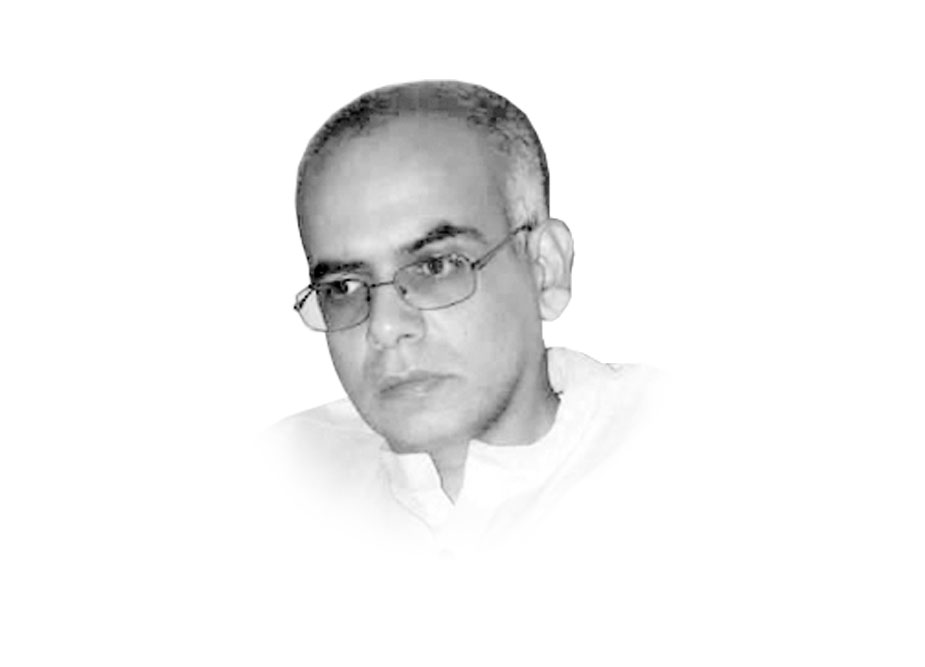
Air pollution has now become a major health concern and the biggest single environmental health risk. Back in 2014, the World Health Organisation had estimated that 7 million people worldwide are dying due to air pollution. Earlier this year, the International Energy Agency has also estimated that at least 6.5 million premature deaths are attributable to poor air quality. Overall, air pollution has become the fourth largest threat to human health.
Compared to the industrialised west, air pollution is a much more severe problem in former Soviet states, which have been much less vigilant in managing industrial pollution. Across many developing countries, cooking inside homes using wood or coal stoves remains a major culprit for severe indoor air pollution, which takes a particular toll on the health of women and younger children who spend more time indoors. Elevated levels of outdoor pollution are however also a major problem for larger cities in many developing countries.
Besides Karachi and Rawalpindi, Lahoris are now facing alarming levels of air pollution. The recent haze which enveloped Lahore this past month, alarming its citizenry, was caused by a combination of more longstanding factors, which include haphazard industrialisation, increasing vehicular emissions, as well as continued crop burning and coal plant emissions on both sides of the partitioned Punjab. Gases from open drains, use of diesel generators, unchecked trash burning, and unrelenting tree slashing to accommodate more roads further exacerbated the problem.
The Punjab government initiates sporadic measures to mitigate the growing pollution problem. Recently, it has tried banning agricultural waste burning and threatened to close down steel mill factories which have not installed air pollution control devices. Yet, there is little evidence of consistent compliance of environmental regulations by the hundreds of industrial units operating in the peripheries of the city, what to speak of the many smaller commercial ventures within the city around the Lahore Fort and Badshahi Mosque and on Ferozepur Road, for example.
On the other hand, millions of additional cars have appeared on the roads in Punjab over the past decade, which are now sharing the road with ill maintained older vehicles, which are guzzling fuel and spewing out poisonous fumes. The Punjab Environmental Protection Department’s request to mandate use of low-sulphur diesel has not received much attention. The decade long decision to ban two-stroke rickshaws is also not fully implemented.
Lahore’s Orange Line Metro project is under construction and has ambitions to dramatically increase public transport usage in the city. However, the manner in which the Orange Line, and the earlier Metro Bus venture have been executed, in conjunction with simultaneously road widening projects, has led to thousands of trees being cut down across the city, removing a natural safeguard against air pollution.
Experts predict that the air pollution will worsen in the coming years across major cities of our country. Yet, the relevant authorities are ill equipped to meet this challenge. Most of major cities, including Lahore, need to install ambient air monitors, begin maintaining air quality indexes, and put in place other pollution emergency measures, being adopted by Chinese and Indian cities which face similar problems. Moreover, if urgent steps are not taken to bring pollution levels down, a full-blown pollution based public health disaster will be hard to avert.
Our policy makers must remember that air conditioners and generators can do little to control quality air, and that their own children also have little choice but to breath in the same air that the not so privileged are being exposed to.
Published in The Express Tribune, December 16th, 2016.
Like Opinion & Editorial on Facebook, follow @ETOpEd on Twitter to receive all updates on all our daily pieces.

































1713853507-0/MalalaHilary-(2)1713853507-0-270x192.webp)







COMMENTS
Comments are moderated and generally will be posted if they are on-topic and not abusive.
For more information, please see our Comments FAQ